By Carol Lindsay
When Elizabeth Chur, freelance medical writer and experienced canvasser, hears a contact say “I don’t vote,” her heart doesn’t sink. She doesn’t say “Have a nice day” before hanging up or walking away. And she does not preach. Instead, she smiles sincerely, knowing she has met a “high potential voter” and she’s about to have a conversation.
Elizabeth and Dr. Jackie Tulsky are the developers of “You and the 34%: How to Have Meaningful Conversations with High-Potential Voters,” a workshop promoting a technique for engaging non-voters. Their method teaches canvassers to use openness and curiosity, encouraging non-voters to reconsider their disengagement.
Elizabeth met Jackie while writing about the San Francisco hospital where Jackie was using motivational interviewing to help addicts. As they talked, the two, both activists saw a powerful potential method for engaging reluctant voters. They started to develop canvassing scripts that invited non-voters to talk about their reasons for staying away from the polls, and then to imagine what might be better if they did vote.
The technique’s usefulness was immediately apparent. Elizabeth tells the story of an early success, a conversation she had with a non-voter named Ofelia, whom she met while canvassing for Georgia’s run-off election. Ofelia had complete disinterest in the whole political process. She was too busy to vote, she said, and didn’t even know who the president was. Besides, her mother was sick and needed her care.
Elizabeth told Ofelia she understood because she had also cared for a sick parent. Rapport growing, the conversation turned to health care and the need to elect politicians who would protect medical benefits for everyone. Ofelia was moved. She interrupted Elizabeth to say she “got it.” She would vote! And bring three friends to the polls with her.
Successes led Elizabeth and Jackie to create a training video. “You and the 34%: How to Have Meaningful Conversations with High-Potential Voters” has informed more than 1,400 canvassers. “This is the best training out there,” one canvasser concluded.
But how does it work? “You and the 34%” provides a framework for talking to reluctant voters through listening and speaking skills. And it reveals ways to encourage a change of mind. Each call or contact has three stages.
The first stage navigates typical objections to a canvasser’s or caller’s intrusion into personal time, objections like “I’m busy” and “I hate these calls.” The canvasser learns several “handy all-purpose phrases” to let the person know they’ve been heard and understood. For example: “It sounds like you have a lot going on. I’ll make this quick.” Or “I hear you. I actually hate making these calls. But this election is so important that I’d like just a couple of minutes of your time to hear YOUR thoughts.”
The second stage of each conversation anticipates reasons people give for not voting— “My vote doesn’t matter” or “All politicians are crooks. . .” Trainees practice responses such as: “It’s important to you to support candidates who have integrity” and “ I wonder — if you could change one thing about this city, what would it be?”
Finally, trainees learn to listen for “change talk” that signals a willingness to consider alternatives to negativity. Certain attitudes underlie everything canvassers say and how they say it throughout each conversation. Callers need to come from a place of curiosity and kindness and be willing to hear hidden hopes.
August L., who lives in San Diego, is a dedicated and frequent caller for progressive causes. But in 2018, discouraged by early conversations, he gave up on activism — for two years. He only went back to the phones once convinced that motivating non-voters to register and vote was the most important tool progressives have. Then August signed up for a “You and the 34%” training.
“It was a game changer,” he says. “The most important lessons I learned were to be human, to slow down, and to trust silence.” August began to enjoy phone banking, seeing it as different from other communication. “It’s like talking to a new neighbor for the first time. Or like turning ground for a conversation and then planting seeds.”
August has many success stories. One involves a young Wisconsin woman he called through a phone bank. ”I don’t vote,” she said. “I’m too busy with school.” Curious, August asked her what she was studying. She was pursuing a public health degree. He asked if she knew about Trump’s plan to weaken Obamacare and Medicare and to replace CDC scientists with partisan appointments. “Everything shifted after that,” he recalled. She asked for the link so she could register to vote and promised to talk to her friends at school about voting too.”
Interested? One “You and the 34%” training session is available on Youtube (above). The approach is based on the Motivational Interviewing method developed by psychologists William R. Miller and Stephen Rollnick.
And Elizabeth Chur will soon publish The Joy of Talking Politics with Strangers: How to Save Democracy, One Conversation at a Time. The book applies her methodology to those too often left out of the conversation, including young people and Latinos. Preorder here.
Carol Lindsay went to law school after teaching English for ten years and serving on her union negotiating team. She enjoys working with progressives on ways to influence elections.





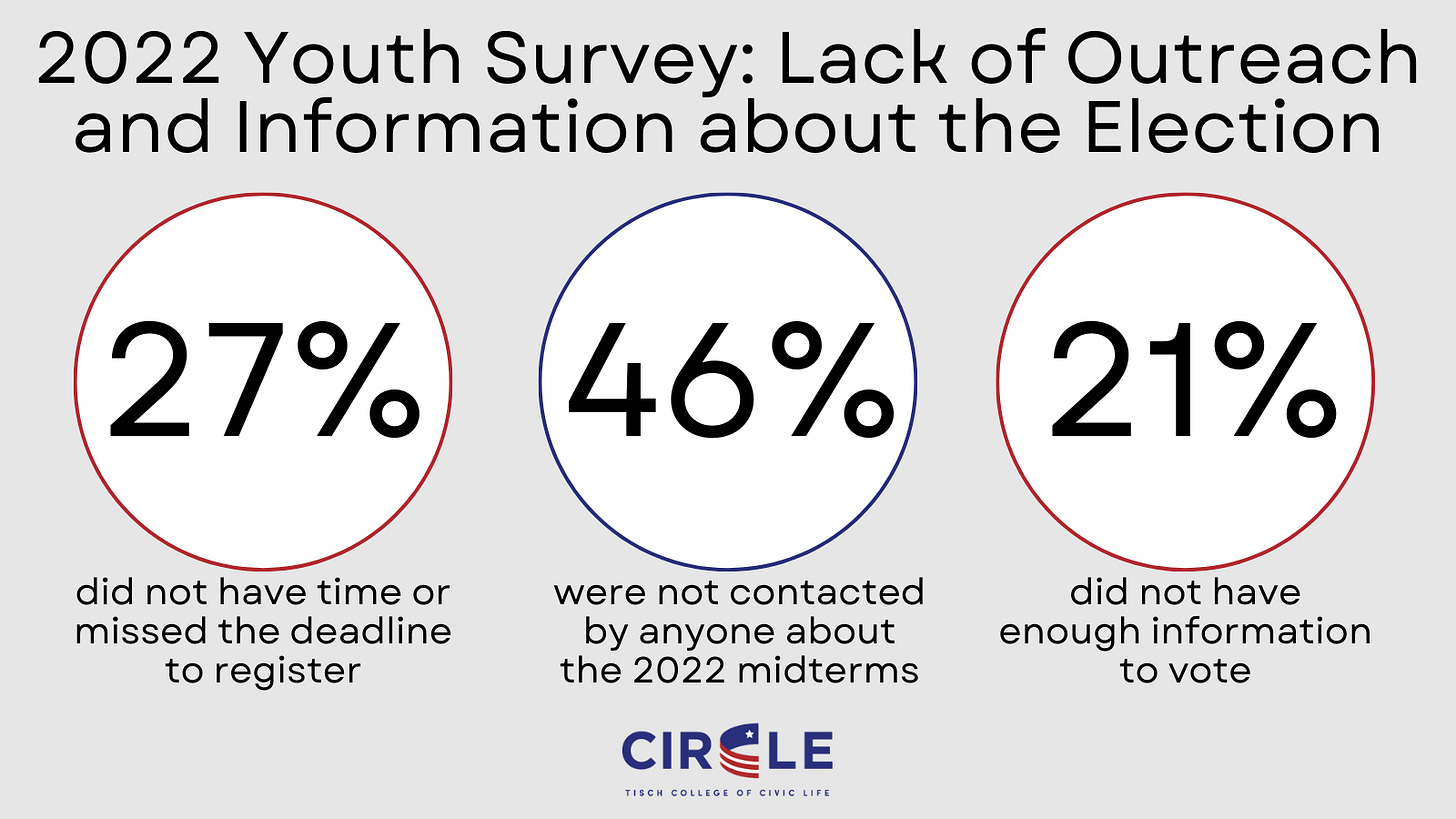
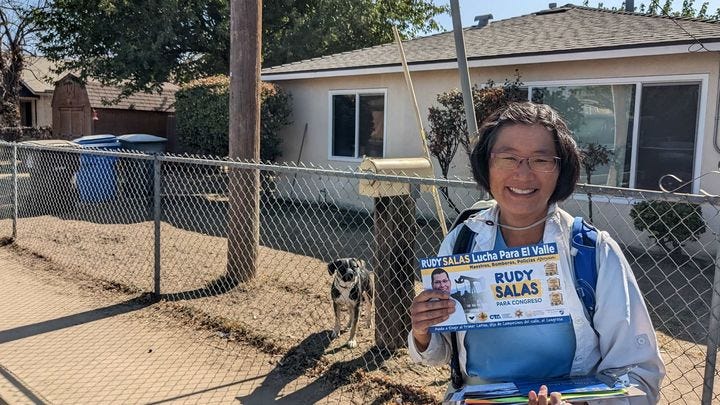

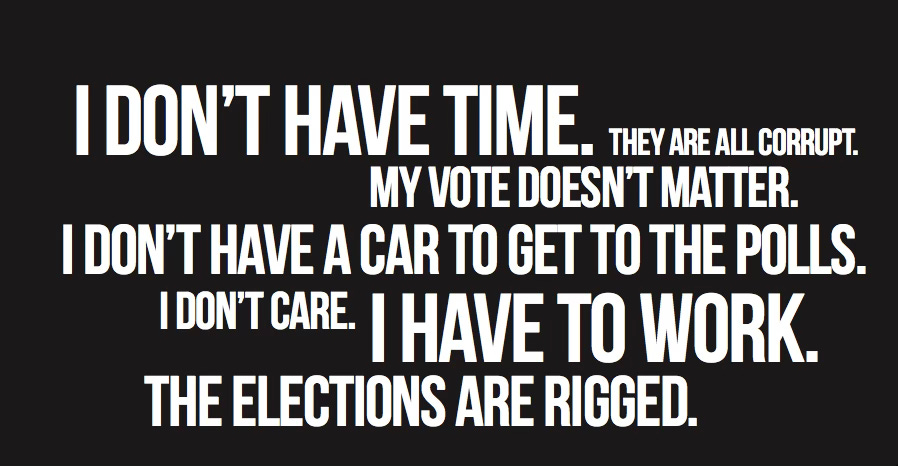
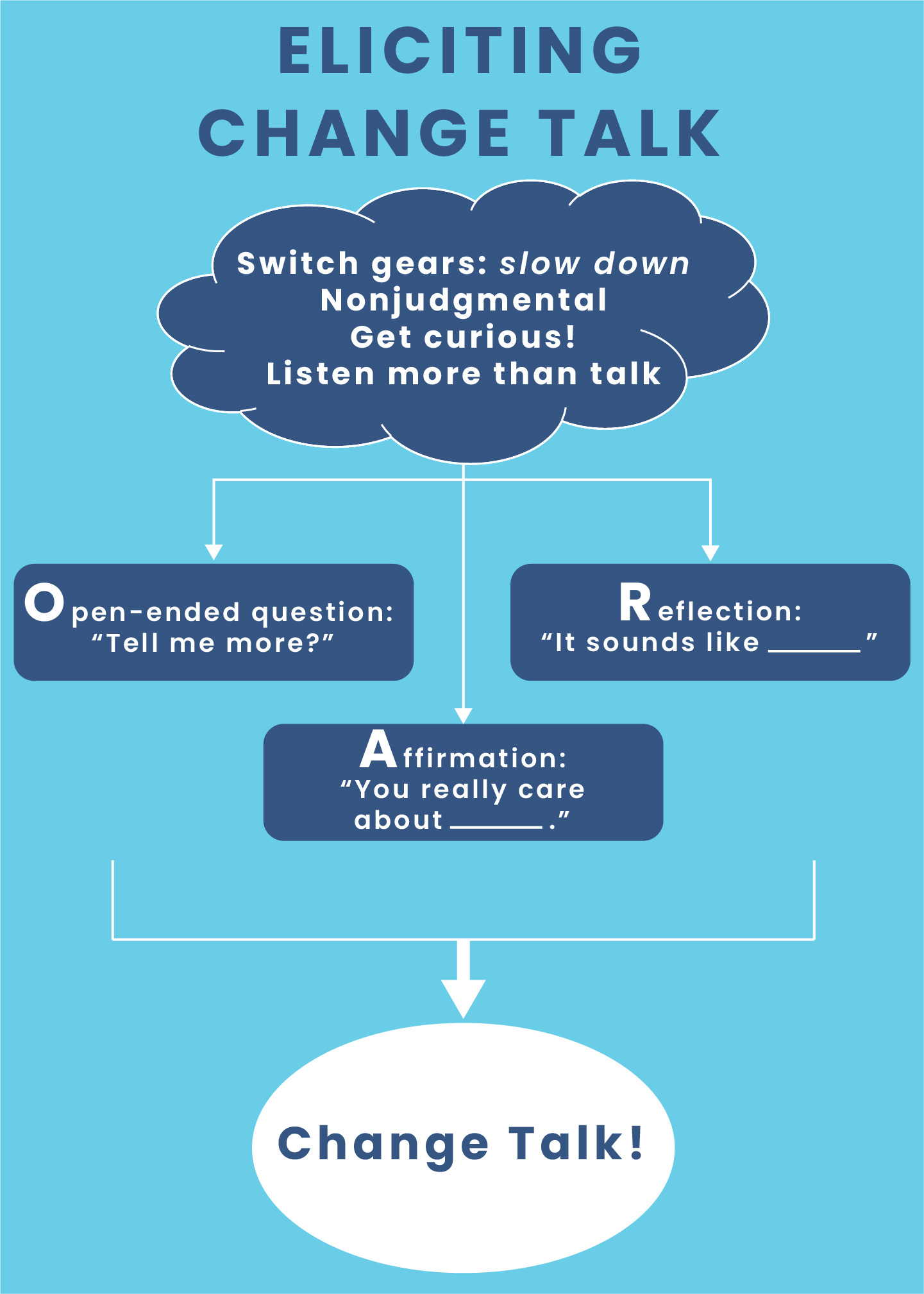
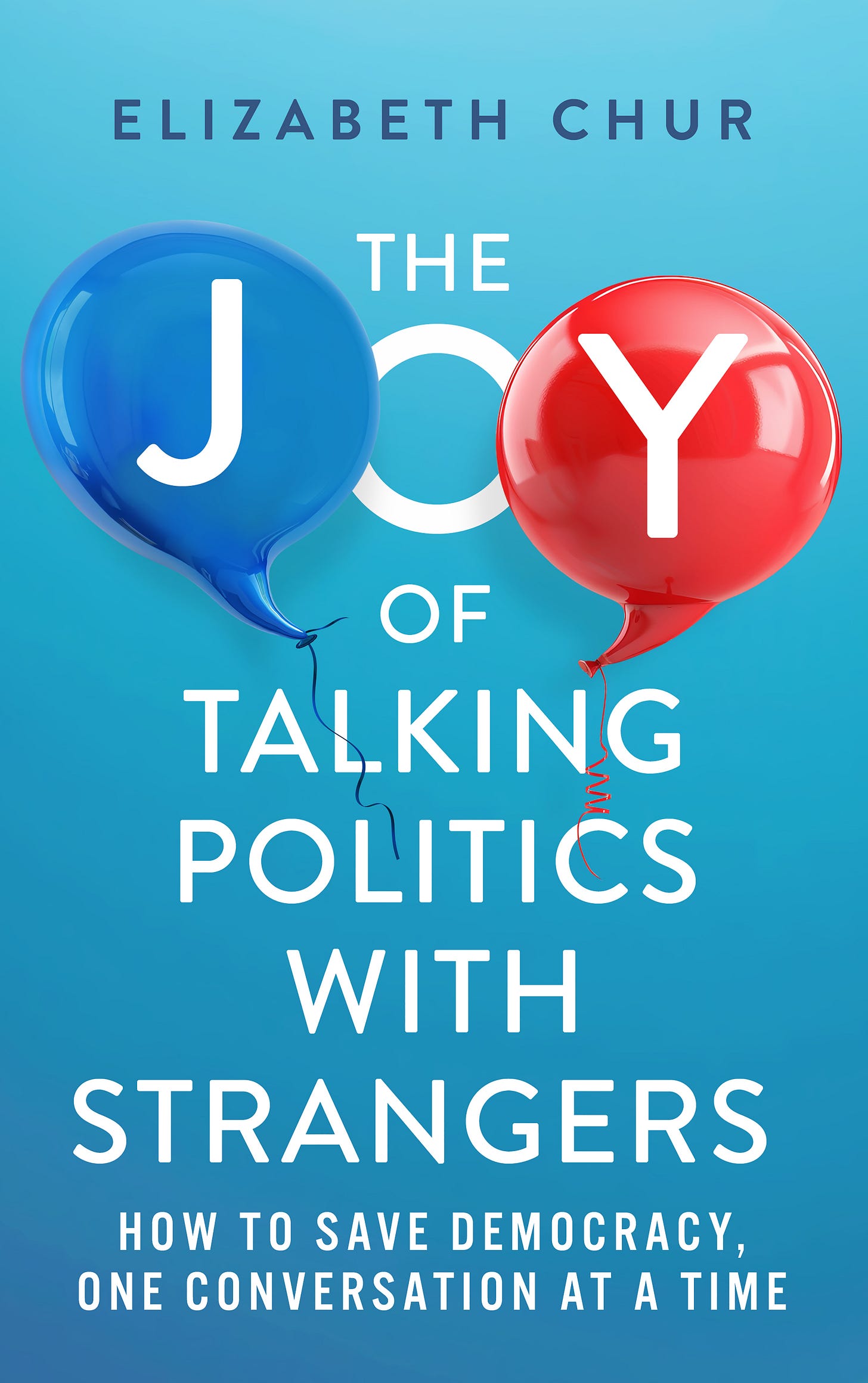

FYI, there appears to be some missing copy in the post - please search for words below to find/update:
The technique’s us
efulness was immediately apparent. Elizabeth often recalls an early success, a non-voter named Ofelia she met while canvassing for Georgia’s run-off election.